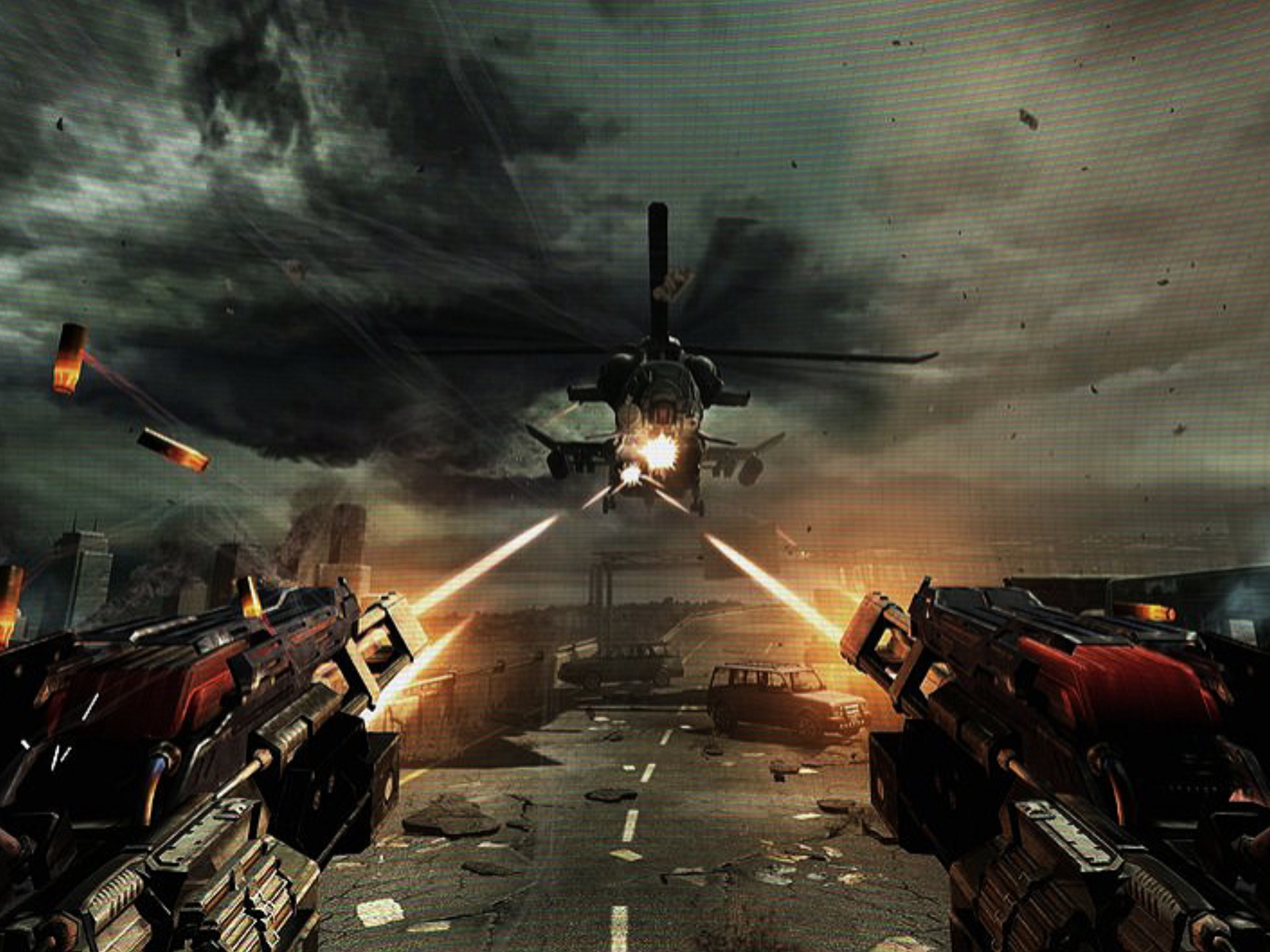First Look: "Police Dispatcher's Desk" – The Nerve Center of Emergency Coordination
Introduction
In the high-stakes world of emergency response, few roles are as critical—and as underappreciated—as that of the police dispatcher. Often referred to as the "first, first responders," dispatchers serve as the vital link between distressed callers and the officers racing to their aid. The Police Dispatcher's Desk is more than just a workstation; it's the nerve center of emergency coordination, where split-second decisions can mean the difference between life and death.
This article provides an in-depth look at the technology, workflow, and human expertise that define a modern police dispatcher’s desk, shedding light on how these professionals manage chaos with precision.
1. The Anatomy of a Police Dispatcher’s Desk
A dispatcher’s workstation is a carefully designed hub integrating hardware and software to ensure rapid response. Key components include:
A. Computer-Aided Dispatch (CAD) Systems
- The backbone of emergency coordination, CAD systems log incidents, track units, and prioritize calls.
- Features real-time mapping, automatic vehicle location (AVL), and integration with 911 systems.
B. Radio Communication Console
- Dispatchers maintain constant contact with patrol units via trunked radio systems.
- Advanced consoles allow for multi-channel monitoring, reducing delays in critical situations.
C. Phone and Call Management
- Enhanced 911 (E911) systems provide caller location data instantly.
- Dispatchers handle multiple lines simultaneously, filtering urgent calls from non-emergencies.
D. Video Surveillance Integration
- Some dispatch centers integrate live CCTV feeds from public safety cameras.
- Helps verify incidents (e.g., active shooters, traffic accidents) before officers arrive.
E. Backup and Redundancy Systems
- Uninterruptible power supplies (UPS) and backup servers ensure operations continue during outages.
2. The Workflow: From Call to Deployment
A dispatcher’s job is a high-pressure sequence of rapid assessments and decisions.
Step 1: Call Intake
- A 911 call comes in—dispatchers must quickly determine the nature, location, and severity of the emergency.
- Key Question: "What is your emergency?"
Step 2: Prioritization (Triage)
- Calls are categorized (e.g., Priority 1: Life-threatening, Priority 2: Urgent but non-lethal).
- Example: A robbery in progress takes precedence over a noise complaint.
Step 3: Resource Allocation
- Dispatchers assign the closest available units using GIS mapping and real-time tracking.
- Must account for officer availability, specialized units (SWAT, K9), and mutual aid agreements.
Step 4: Ongoing Coordination
- Dispatchers relay updates to officers (e.g., suspect descriptions, changing situations).
- May guide callers through emergency medical instructions (CPR, bleeding control) until EMS arrives.
Step 5: Post-Incident Logging
- Detailed reports are filed for investigations and legal proceedings.
3. The Human Factor: Skills That Make a Great Dispatcher
Technology is only as effective as the person using it. Dispatchers must possess:
A. Emotional Resilience
- Handling panicked, angry, or traumatized callers requires calm under pressure.
- Many undergo critical incident stress management (CISM) training.
B. Multitasking Mastery
- Juggling radio traffic, phone calls, and data entry simultaneously is routine.
C. Situational Awareness
- Dispatchers must anticipate risks (e.g., recognizing an ambush call).
D. Clear Communication
- Every word matters—misheard instructions can lead to fatal errors.
4. Emerging Technologies Shaping the Future
The dispatcher’s desk is evolving with advancements like:
A. AI-Powered Call Analysis
- Voice recognition and sentiment analysis help prioritize high-risk calls.
B. Drone Dispatch Integration
- Some agencies deploy drones for real-time aerial recon before officers arrive.
C. Next-Gen 911 (NG911)
- Supports text-to-911, video calls, and IoT device alerts (e.g., smart home security systems).
D. Predictive Policing Tools
- AI analyzes crime patterns to preemptively deploy resources.
5. Challenges and Ethical Considerations
Despite advancements, dispatchers face hurdles:

A. Burnout and High Turnover
- The job’s stress leads to high attrition rates—many agencies struggle with staffing.
B. Privacy vs. Efficiency
- Facial recognition and data-sharing raise concerns about civil liberties.
C. Miscommunication Risks
- Heavy accents, poor connections, or caller panic can lead to critical errors.
Conclusion: The Unsung Heroes of Public Safety
The Police Dispatcher’s Desk is where technology, training, and tenacity intersect. These professionals don’t wear uniforms or patrol the streets, but their role is indispensable in keeping communities safe.
As emergency response systems grow smarter, the human dispatcher remains irreplaceable—a steady voice in the storm, turning chaos into coordinated action.


















